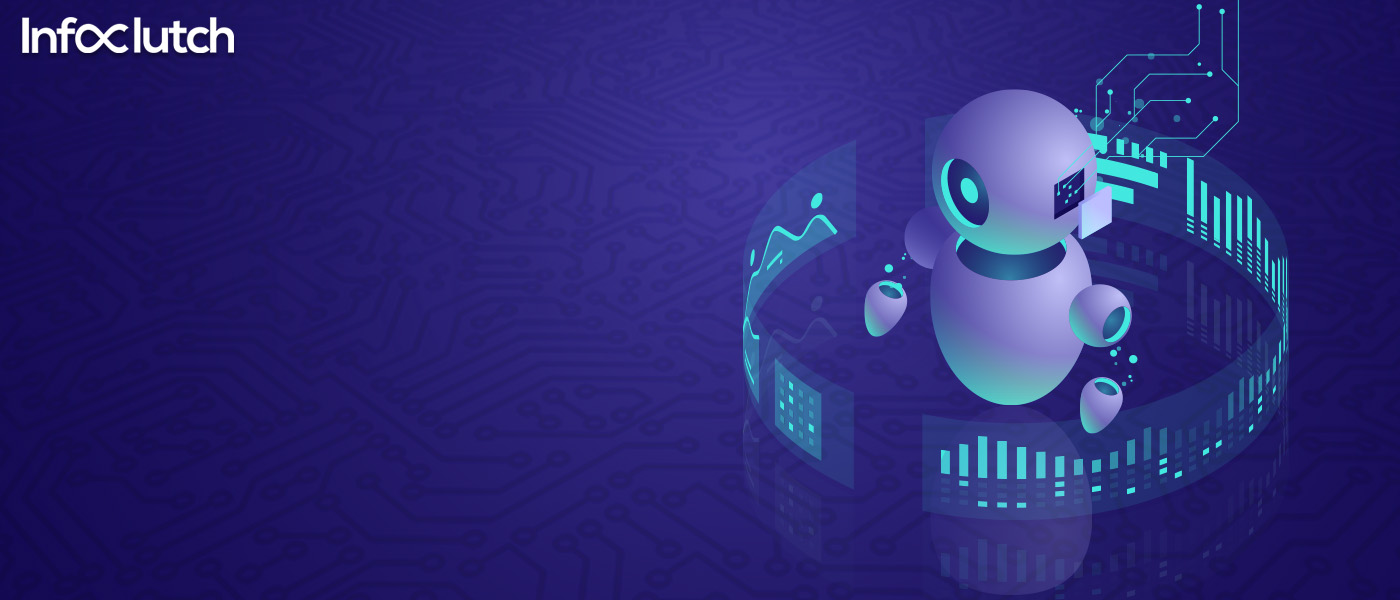A high-profile question, what is robotic process automation?
It is a process that helps automate the human activities that do not need the reasoning, creativity, and any other cognitive abilities. In the current world, where businesses need to improve their productivity to survive in the market, RPA or the robotic process automation could help these organizations in the same.
Is it different from the traditional automation process?
Coming to this question, we all now know what automation is, but here we are discussing about two different automation processes. One is the traditional, while the other is Robotic Process Automation. The traditional automation works based on the programming while the RPA just copies the actions of the user at the UI (user interface) level. It will follow the footsteps of the user and execute what the user has done. Just as the artist does the mimicry of any famous personality, RPA mimics the activities of the user. You can say walking on the already trodden path is what RPA is all about. RPA is the enhanced and refined version of the traditional automation process.
The majority of the businesses are now switching to robotic process automation as it does not require complex programming like traditional automation. Robotic process automation is very useful for the small and medium-sized businesses along with the large enterprises; the software works like a virtual assistant.
Some of the basic features of Robotic Process Automation are that it is user friendly, has analytics, scalability, and non-disruptive. Thus, it helps organizations to safely integrate the RPA into the process for better productivity. There are different variants of Robotic Process Automation, such as screen scraping robots, working robots, monitoring and quality assessment robots.
How exactly it works?
The process involves configuring ‘robot’ software so that the information is rightly deciphered from the applications. The robot can manipulate the data for executing the right response. With RPA, one can use any system they like, whether it is Windows, Java-based, Web-based, or the Citrix-based. The solution does not require a screen in the physical form. With the help of RPA, it becomes easier to automate the business process along with the AI.
It is used in processes of organizations that are high in volume, have limited time to make the decision, are highly risky due to human error, and require manual entry of the data.
Industries that use RPA:
- Healthcare
- Banking
- Telecom
- Human Resources
- Manufacturing
- IT
- Retail
Benefits of Robotic Process Automation:
- Increases the agility: The robotic process automation helps improve the agility process. With its increased usage, there could be less investment in the resources, thus accelerating the flexibility.
- Providing better quality services: With the integration of robotic process automation, the quality of services could be significantly improvised. Customers would have a better experience.
- Offering 360-degree insights: RPA helps provide better insights. The analytics solution of the robotic process automation helps measure the performance of the entire automation process. It tracks what really matters in a business process.
- Quick reporting: The process helps in quick reporting of the reports and that too easily. The process improves the productivity of employees, with a refined and streamlined approach.
- Increased accuracy: The RPA helps improve the accuracy of the process. HR tasks like the onboarding and off-boarding of the employees can be facilitated by the robotic process automation.
- No effect on the existing system: The integration of the RPA does not affect the existing system. This software works in the presentation layer and is therefore beneficial for the legacy system.
- Highly Scalable: RPA is highly scalable. It can help vital processes in an organization such as the inventory management, payroll, data migration, invoice processing, accounts receivable, updation of the CRM data, etc.
Companies that use RPA:
- AT&T
- Walgreens
- Vanguard
- Walmart
- Ernst & Young
These companies have leveraged RPA to their advantage by:
- Saving the costs
- Improving the compliance with regulations
- Monitoring the process
- Fast implementation
- Enhanced security
- Less barrier from the technical side
- Improving the company workflow
Limitations to Robotic Process Automation:
- The robotic process automation has the limitation where it could not read any data that is an unstructured format. It does not have the cognitive ability to judge what is right and wrong. It follows the mechanical process of following a fixed routine.
- It cannot read the non-electronic data.
- It cannot work in the processes that are broken.
- It cannot work in the service process, where human intervention is needed
- The top RPA software are Kryon, UiPath, Pegasystems, Contextor, Blue Prism, Redwood, WorkFusion, NICE RPA, and others.
Conclusion:
RPA rightly helps in resolving the challenges that an organization faces in automating the processes. The robot guides companies in the digital transformation, necessary for the 4th industrial revolution. The amalgamation of the latest business process management tools with RPA would make organizations productive and efficient.

